Apple unveils eye tracking, music haptics and more for iPhone in big accessibility push
A smorgasbord of new accessibility features are coming to your Apple devices.
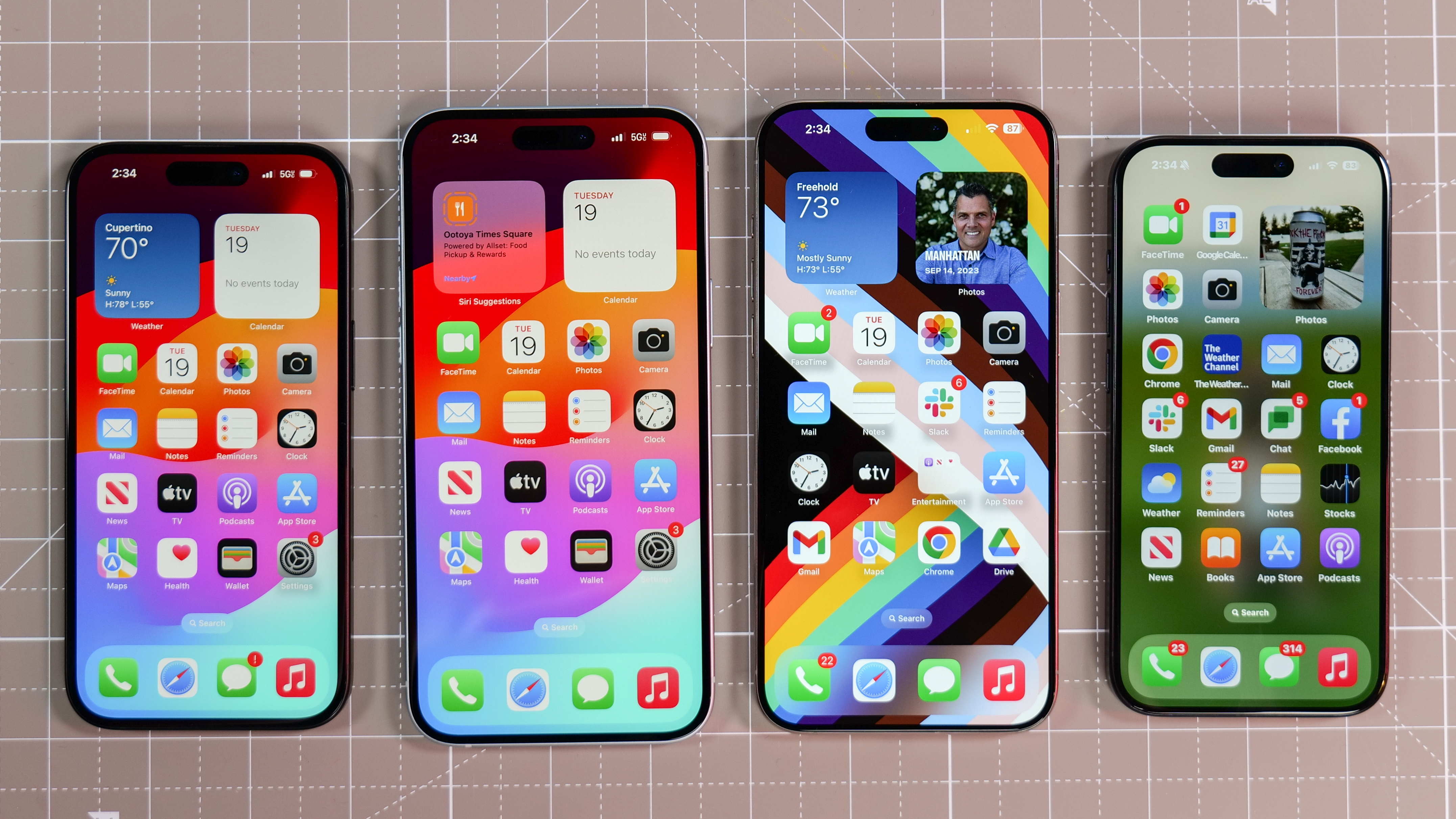
Apple devices are slated to get a boatload of new features over the next year that make them more accessible and easier to use.
The news comes to us courtesy of a press release from Apple just days after the company launched its new iPad Air 2024 and iPad Pro 2024, the latter of which is the first device to arrive with the new Apple M4 chip inside.
These iPads will be gaining some of the accessibility upgrades Apple announced today, but the upgrades also include new features for iPhones and the Apple Vision Pro headset. They include everything from expanded voice controls to eye tracking to a little trick that could help make you less motion-sick while looking at your iPhone in a moving vehicle.
While Apple has yet to announce a clear timeline of when these features will debut, it's likely we'll hear more about them and when they'll arrive at WWDC 2024 in June. That's where Apple will be talking up its new operating systems for 2024, including iOS 18 and iPadOS 18.
Apple announced a smorgasbord of upgrades, most of which are powered by AI, so let's dig in and go through what new accessibility features are arriving this year.
iPhones and iPads get Eye Tracking
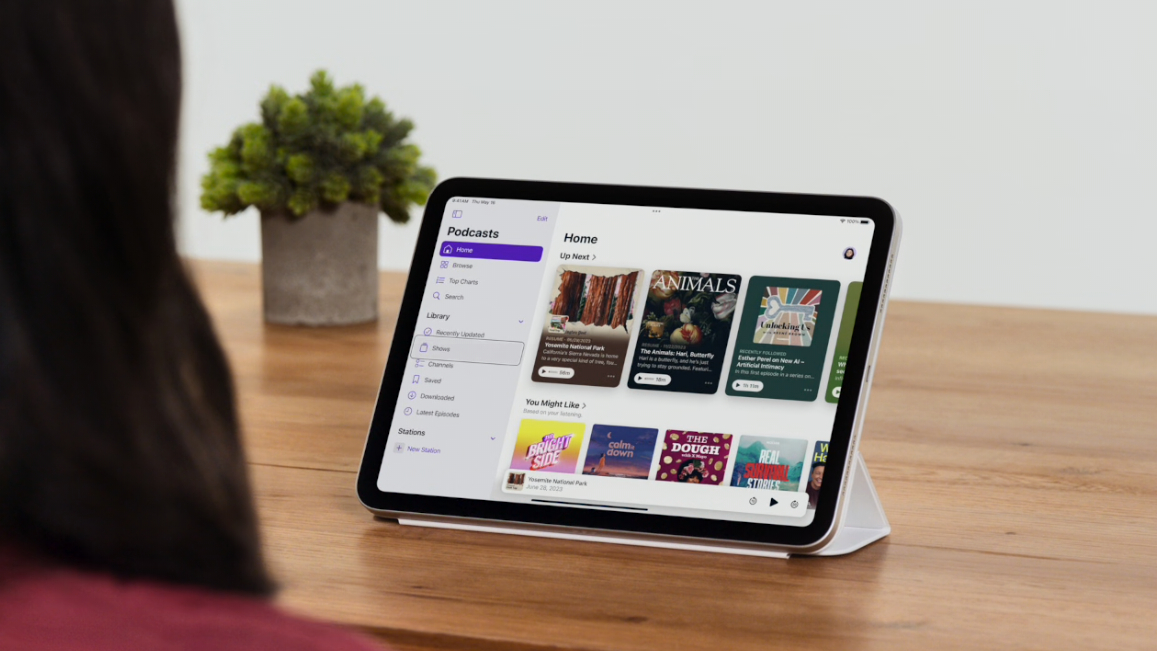
First, your iPhone or iPad is going to get a new Eye Tracking feature down the road that should make it easier to navigate and control your device using just your eyes.
It uses the front-facing camera to track where on the screen your eyes are looking, and you can then effectively hit a button or swipe on something with just your eyes—no additional equipment required, you just use the Dwell Control accessibility control system that's already in place on the best iPads and other Apple Devices.
Sign up to get the BEST of Tom's Guide direct to your inbox.
Get instant access to breaking news, the hottest reviews, great deals and helpful tips.
When active, Eye Tracking will use the built-in NPU on your device to track your eye movements and compute what you're doing, so your iPhone or iPad won't (according to Apple) send that data anywhere.
Improved voice controls
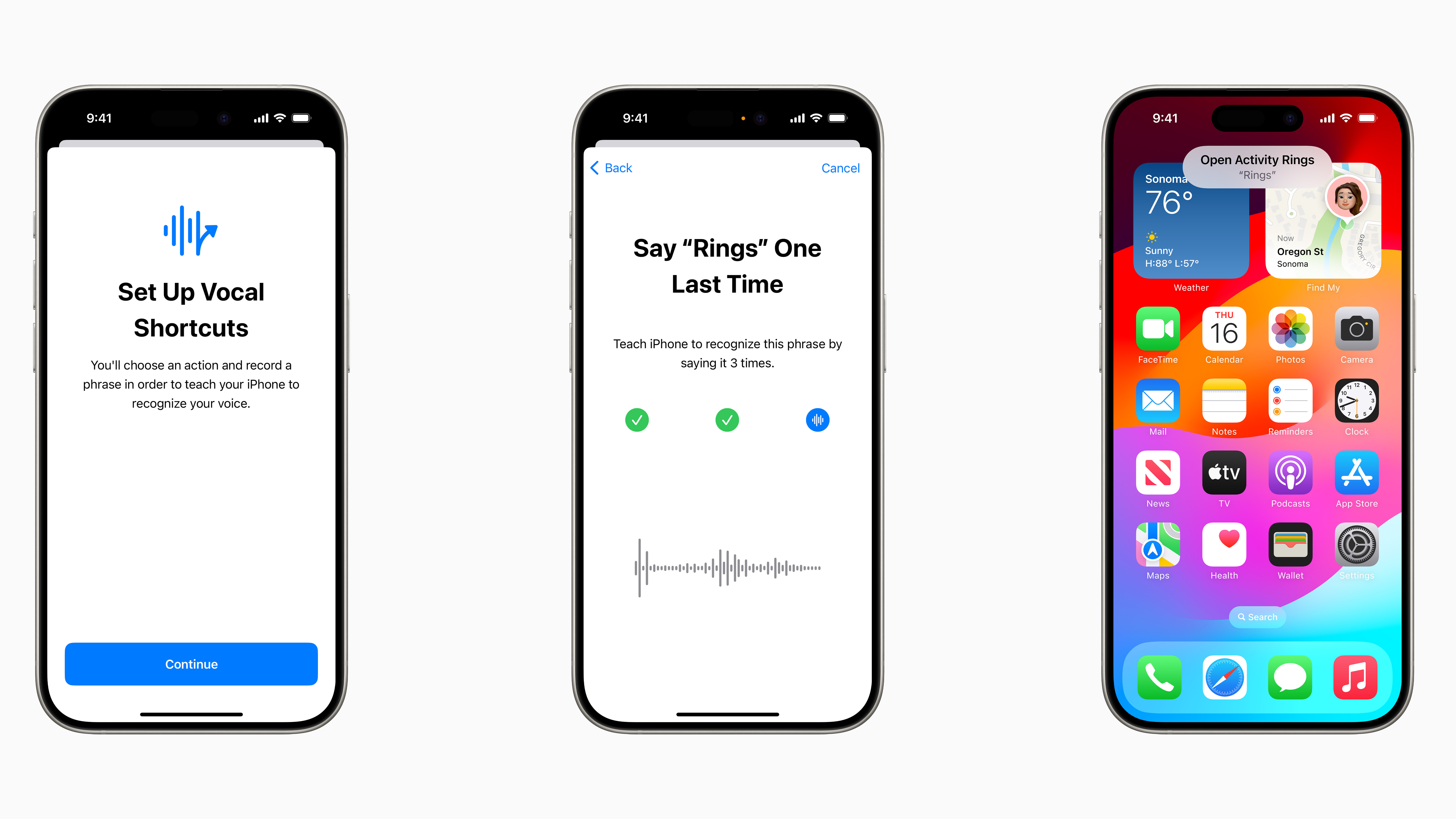
There's also a new Vocal Shortcuts feature coming to iPads and iPhones that will allow you to assign shortcuts and other complex tasks to a wider range of vocal utterances than these devices currently support.
Plus, there's a "Listen for Atypical Speech" feature on the way that should make your device more capable of understanding "a wider range of speech" than it does now, which could be a big win for accessibility.
The goal is to make it easier for folks with progressive conditions that affect speech, like those recovering from a stroke or fighting cerebral palsy, to control their devices with their voice.
In addition, Apple is going to expand the existing Voice Control feature on these devices to support "custom vocabularies and complex words.
New haptic feedback in Apple Music
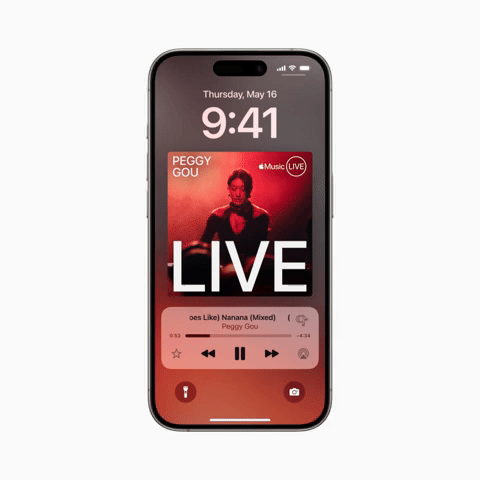
Apple is also upgrading Apple Music with a new Music Haptics feature that could make it easier for the deaf or hard of hearing to enjoy music on their iPhone.
As far as I can tell, this feature is only slated to come to iPhones at the moment, and it works by telling your phone's Taptic Engine to move the phone in time with whatever track you're listening to.
This manifests as your iPhone playing "taps, textures, and refined vibrations to the audio of the music," according to Apple. The goal is to give folks new ways of appreciating music on their iPhones. And while it's only coming to Apple Music initially, there will also be an API made available to developers so they can work this feature into their own apps.
A little something to help with motion sickness
There's also a new feature called Vehicle Motion Cues coming to iPhones and iPads that aims to make them a little more comfy to use in the car.
When you activate Visual Motion Cues, Apple says you will see animated dots overlaid on-screen that move in response to changes in vehicle motion. The goal is to "help reduce sensory conflict" and combat motion sickness while still allowing you to scroll your IG feed or read that recipe you're researching in the back of the car.
CarPlay gets a bit more accessible
Apple's CarPlay software is also getting a small smorgasbord of accessibility updates aimed at making it easier to use on the road.
Soon, CarPlay will get support for Color Filters which could make the interface easier for colorblind folks to use, as well as improved visual accessibility features like the options to bold text or make it appear larger on-screen.
There's also a new Voice Control feature in the works which lets you navigate CarPlay with just your voice, as well as a new Sound Recognition system of alerts that notify you when a car horn or siren is detected, with the goal of making it easier for the deaf or hard of hearing to drive.
Apple Vision Pro isn't getting left out in the cold
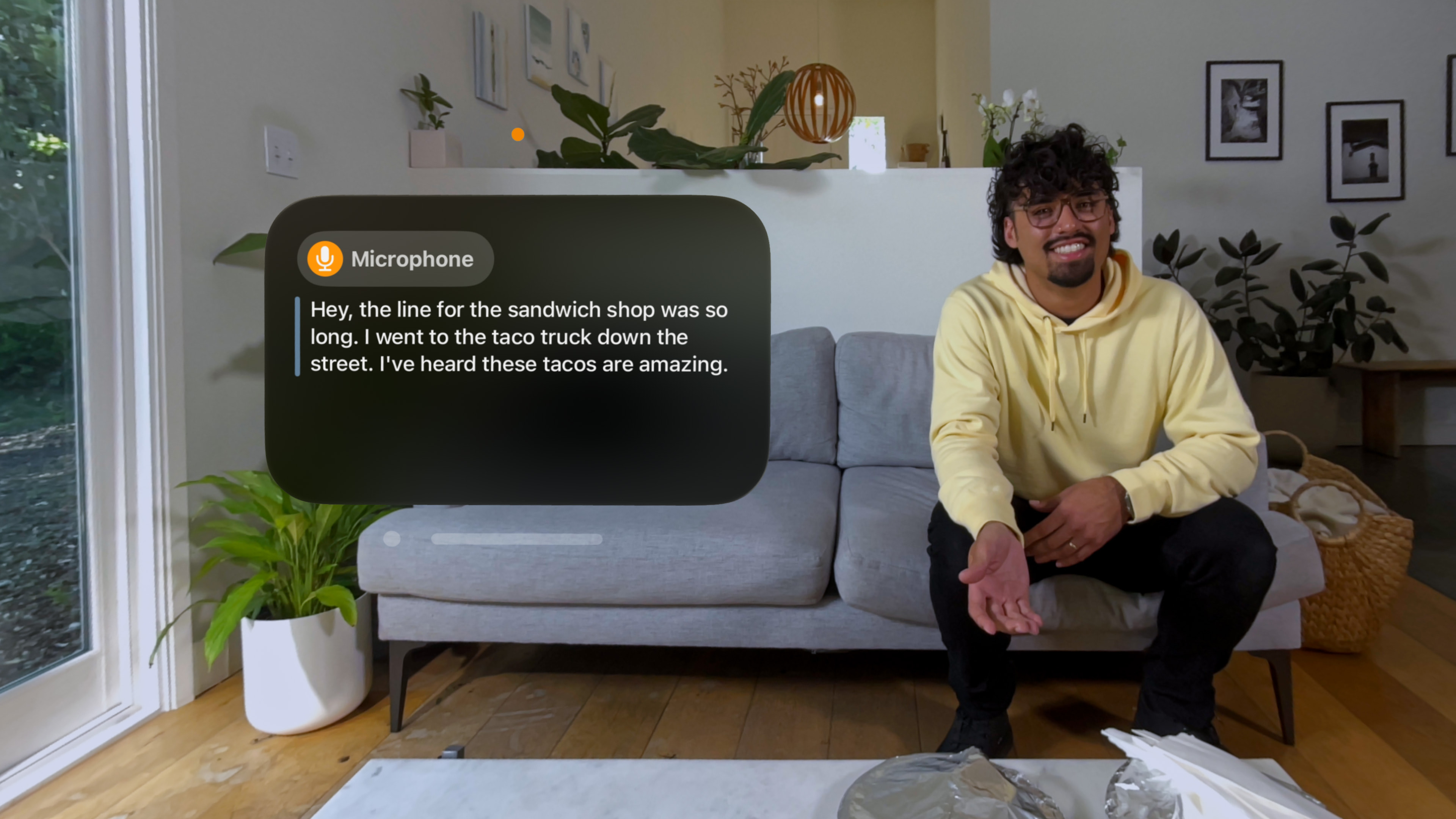
Those who invested in an Apple Vision Pro may be pleased to hear it will also be getting some accessibility upgrades in the future.
Most notably, its visionOS operating system will get a systemwide Live Captions feature that can provide captions in real time for dialogue and audio. This feature will work in apps like FaceTime as well as in live conversations happening in the room with you, which seems like an impressive accessibility upgrade for the deaf and hard of hearing.
The Vision Pro will also gain support for select Made for iPhone devices used by the deaf and hard of hearing, like hearing devices and cochlear hearing processors.
Plus, the headset will get some extra vision accessibility features like the option to Dim Flashing Lights, Reduce Transparency or enable Smart Invert, which (on your iPhone) reverses colors on the display except for images, media, and some apps that use dark color styles.
But that's not all...
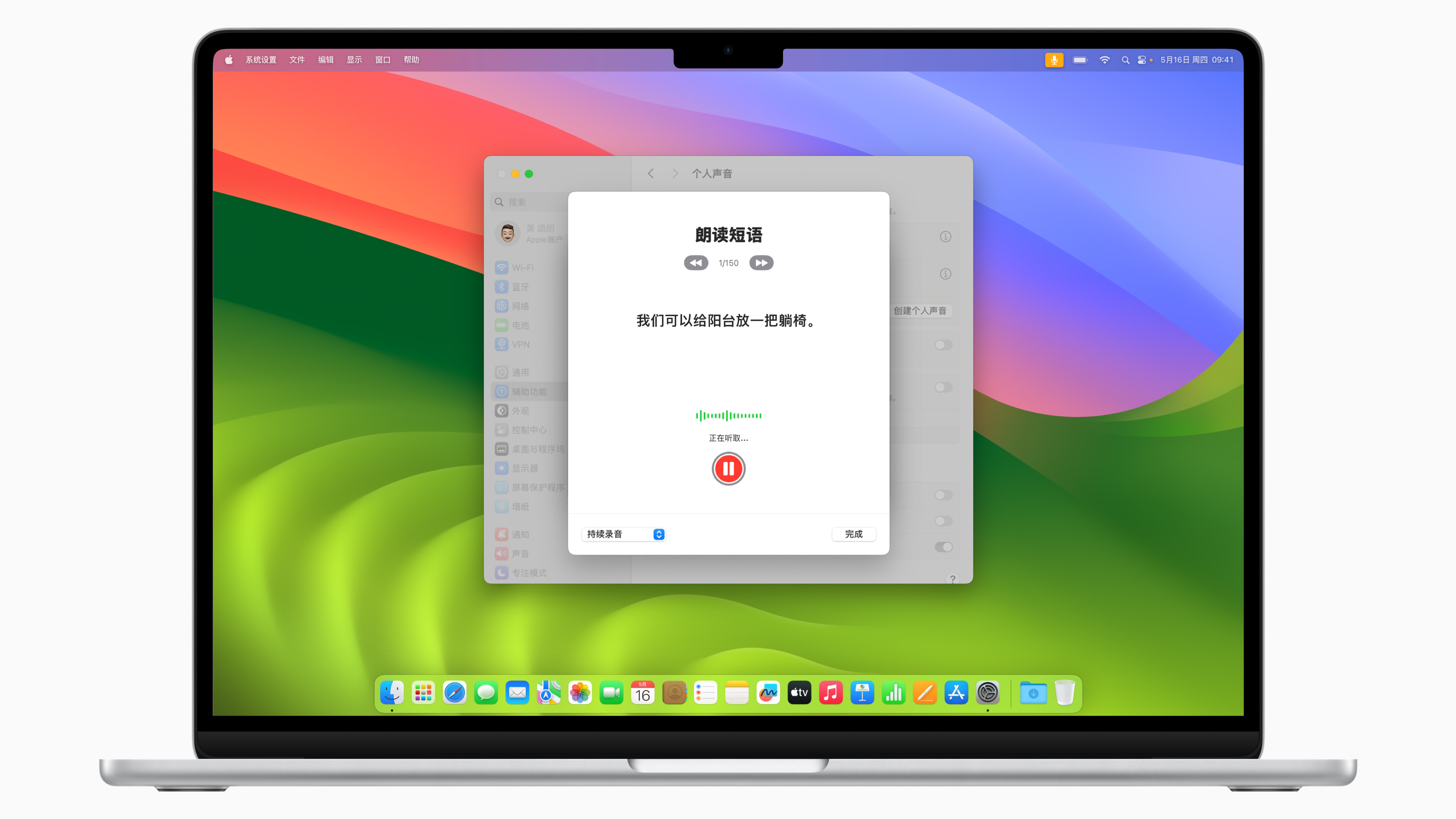
At the end of its press release, Apple included a round-up of additional accessibility features coming to iPhones, iPads and Macs.
These are generally expansions of existing accessibility apps and features on your device, so for brevity's sake, I've compiled Apple's brief descriptions into an easy-to-read list.
- Voice Control will gain support for more complex words and custom vocabularies.
- Switch Control (which lets you control your iPhone or iPad with external switches) will gain the option to use your iPhone or iPad's camera to recogize "finger-tap gestures" as switches.
- AssistiveTouch will gain a new Virtual Trackpad feature that lets you use a small region of your device's screen as a resizable trackpad.
- VoiceOver is gaining new voices, a custom volume control, and the ability to customize VoiceOver keyboard shortcuts on Mac.
- Hover Typing is getting options for larger text and font/color preferences.
- Braille Screen Input is getting a faster way to launch, as well as support for the Japanese language. Plus, it will gain support for multi-line braille when paired with the Dot Pad tactile Braille display.
- Personal Voice will become available in Mandarin Chinese.
- The Magnifier is getting a new Reader Mode.
Outlook
Many of these new features seem like they could make Apple users' lives a bit easier, or make Apple devices more accessible and easier to use for a wider audience. Taken together, they're a promising sign that Apple remains committed to improving the accessibility of its products.
As someone who's developed significant hand and wrist injuries after a lifetime of using PCs, smartphones and tablets, it's especially meaningful to me that companies continue to improve and expand the accessibility of their devices. You might not need a good voice control system or screen reader now, but the odds you will only increase over time, so it's great to see features like this arriving on devices used by so many around the world.
More from Tom's Guide

Alex Wawro is a lifelong tech and games enthusiast with more than a decade of experience covering both for outlets like Game Developer, Black Hat, and PC World magazine. A lifelong PC builder, he currently serves as a senior editor at Tom's Guide covering all things computing, from laptops and desktops to keyboards and mice.
